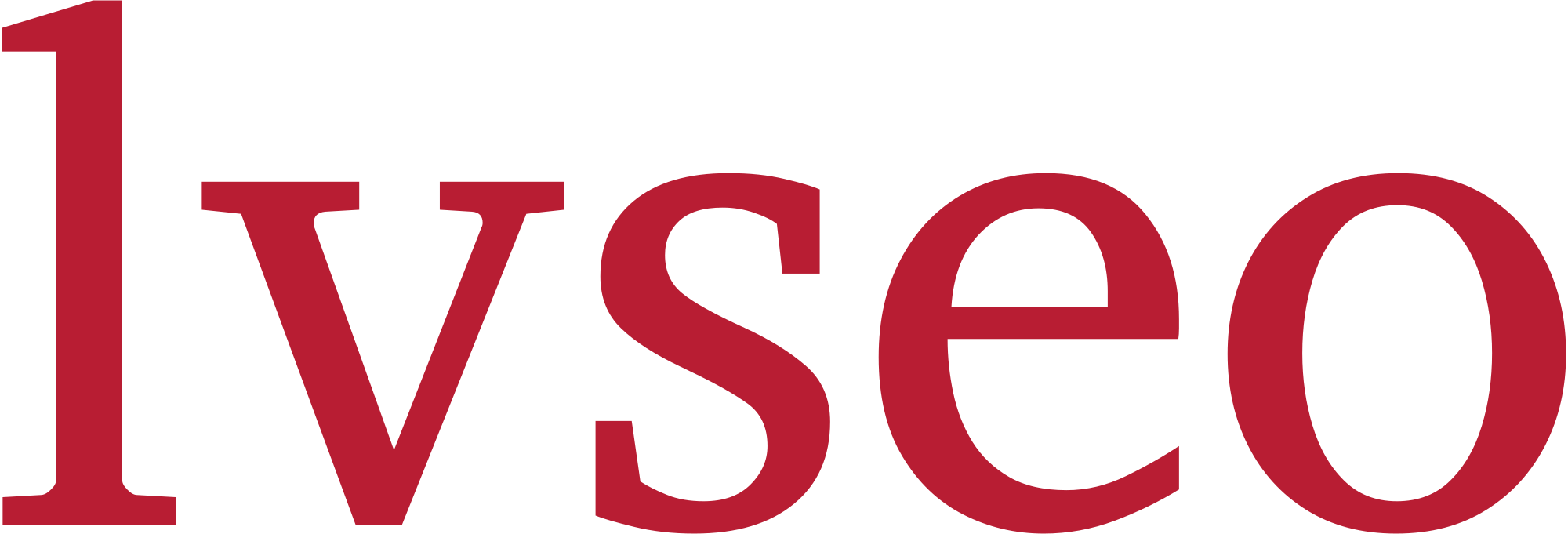Here’s a glossary of essential SEO terms and definitions for beginners:
A
Algorithm: A complex set of rules and processes that search engines use to rank webpages in search results.
Alt Text (Alternative Text): Descriptive text added to images in HTML to help search engines understand what the image is about, also used for accessibility.
Anchor Text: The clickable text in a hyperlink. It should be relevant to the page you’re linking to.
B
Backlink: A link from one website to another. High-quality backlinks are important for SEO as they can improve a site’s authority.
Bounce Rate: The percentage of visitors who navigate away from a site after viewing only one page.
Bot (Crawler/Spider): Software used by search engines to browse the web and index content.
C
Canonical URL: The preferred version of a webpage. Used to avoid duplicate content issues.
Click-Through Rate (CTR): The percentage of users who click on a specific link from the total users who view a page, email, or advertisement.
Content Management System (CMS): Software used to create, manage, and modify digital content (e.g., WordPress, Joomla).
Conversion Rate: The percentage of visitors who complete a desired action (e.g., making a purchase, filling out a form).
Core Web Vitals: A set of metrics that measure user experience on the web, including loading performance, interactivity, and visual stability.
D
Domain Authority (DA): A metric developed by Moz to predict how well a website will rank on search engine result pages (SERPs).
Duplicate Content: Substantive blocks of content that appear in more than one place on the internet. Can harm SEO rankings.
E
E-A-T: Expertise, Authoritativeness, Trustworthiness. Criteria used by Google to assess the quality of content.
External Link: A link from your website to another website. Also known as an outbound link.
F
Featured Snippet: A summary of an answer to a user’s query displayed at the top of Google search results.
Google Search Console: A free tool provided by Google to help monitor, maintain, and troubleshoot a site’s presence in Google Search results.
H
Header Tags (H1, H2, etc.): HTML tags used to define headings and subheadings in content. Important for SEO structure and readability.
HTML (Hypertext Markup Language): The standard markup language used to create web pages.
I
Index: A database where search engines store and retrieve data for use in SERPs.
Internal Link: A link from one page to another within the same website.
K
Keyword: A specific word or phrase that users enter into search engines. Important for SEO targeting.
Keyword Density: The percentage of times a keyword appears on a page compared to the total number of words.
Keyword Stuffing: Overloading a page with keywords in an attempt to manipulate search engine rankings. Considered a black hat SEO tactic.
L
Landing Page: The page where visitors land after clicking a link in search results or an ad. Designed to drive conversions.
Link Building: The process of acquiring backlinks from other websites to improve SEO.
Local SEO: The practice of optimizing a business for location-based searches.
M
Meta Description: A brief description of a webpage’s content, displayed in search engine results below the title.
Meta Tags: HTML tags that provide metadata about a webpage, including title, description, and keywords.
Mobile Optimization: Designing and formatting a website to ensure it performs well on mobile devices.
N
Nofollow: A value for the rel attribute in HTML, indicating that a hyperlink should not influence the ranking of the link target in search engines.
O
Organic Traffic: Visitors who come to your site through unpaid search results.
On-Page SEO: The practice of optimizing individual webpages to rank higher and earn more relevant traffic in search engines.
P
Page Authority (PA): A score developed by Moz that predicts how well a specific page will rank on search engines.
Page Speed: The time it takes for a webpage to load. Important for user experience and SEO.
PPC (Pay-Per-Click): An online advertising model where advertisers pay each time a user clicks on one of their ads.
R
Ranking: The position of a website in search engine results for a specific keyword.
Robots.txt: A file used to instruct search engine crawlers which pages to crawl and which to ignore.
S
Schema Markup: Code that helps search engines understand the context of your content and can enhance search result listings with rich snippets.
Search Engine Optimization (SEO): The practice of improving the quality and quantity of website traffic from search engines.
SERP (Search Engine Results Page): The page displayed by search engines in response to a user’s query.
Sitemap: A file that lists all the important pages of a website, used by search engines to understand the site’s structure.
T
Title Tag: An HTML tag that specifies the title of a webpage. Important for both SEO and user experience.
Traffic: The visitors who come to a website.
U
URL (Uniform Resource Locator): The address of a webpage.
User Experience (UX): The overall experience of a user when interacting with a website, important for engagement and SEO.
User-Generated Content (UGC): Content created by users rather than the site owner, such as comments, reviews, and forum posts.
V
Voice Search: A technology that allows users to perform searches by speaking into a device.
W
Webmaster Tools: Tools provided by search engines to help webmasters monitor and improve their site’s performance in search results (e.g., Google Search Console).
White Hat SEO: Ethical SEO practices that comply with search engine guidelines.
WordPress: A popular CMS used for building websites and blogs, known for its SEO-friendly features.
Y
YMYL (Your Money or Your Life): Pages that can impact a person’s future happiness, health, financial stability, or safety. Google holds these pages to higher standards.
Z
Zero-Click Search: A search result that answers the query directly at the top of the SERP, so the user does not need to click through to a website.
This glossary covers the fundamental terms and concepts that are essential for understanding SEO.

